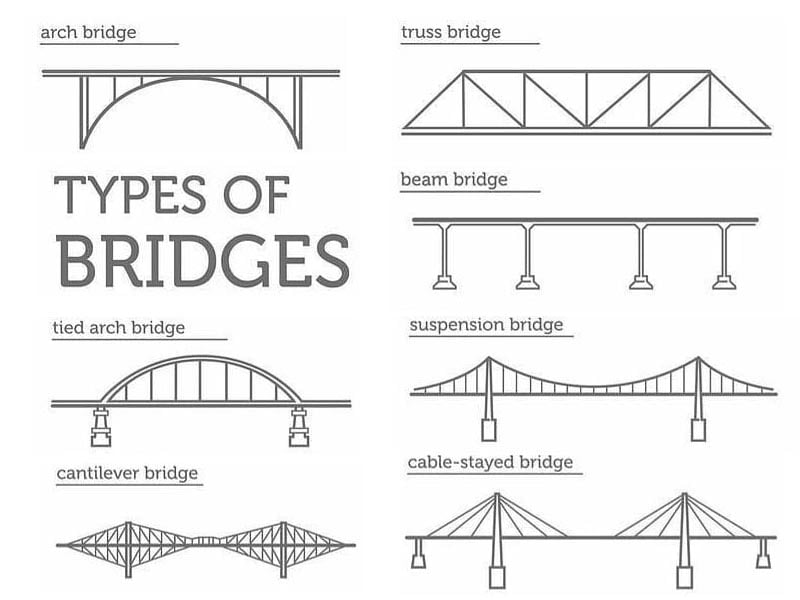|
Getting your Trinity Audio player ready... |
In the intricate tapestry of human societies, the threads of unity and division are tightly interwoven, shaping the fabric of our interactions, aspirations, and economics. The undeniable truth is that societal division comes at a cost, one that not only hinders progress but also dampens the potential of entire communities. As we navigate the complexities of this topic, let’s embark on a journey to uncover the economics behind societal division, exploring both the repercussions and the potential solutions that can lead us toward a more harmonious and prosperous world.
The High Price of Division
Societal division, whether along lines of class, race, ethnicity, or ideology, has profound economic implications. As we segregate ourselves into disparate factions, economic opportunities are unevenly distributed, innovation is stifled, and the collective progress of society is hindered.
Take income inequality, for instance. When certain groups are disproportionately excluded from educational, employment, and entrepreneurial opportunities, the broader economy suffers. It’s not just about fairness; it’s about lost potential. A study by the World Economic Forum highlighted that gender inequality alone could cost the global economy $12 trillion by 2025.
Moreover, when divisions escalate into hostility, social cohesion deteriorates, leading to decreased trust among individuals and institutions. This lack of trust can manifest in higher transaction costs, slower business growth, and reduced investment. Societies marred by division are less likely to pool resources for public goods such as infrastructure, education, and healthcare, resulting in an overall decline in the quality of life for their citizens.
At the end of the day, we must go forward with hope and not backward by fear and division. Jesse Jackson
The Vicious Cycle of Division
Societal division often creates a self-perpetuating cycle that’s hard to break. Disadvantaged groups face barriers that limit their access to quality education, healthcare, and job opportunities. This not only stifles individual potential but also perpetuates the cycle of poverty, as lower-income families struggle to invest in the education and well-being of their children. As a result, an entire generation can be held back, and the economic gap widens.
This cycle of division can also lead to unequal distribution of political power, as marginalized groups may lack the resources to advocate for their rights and interests. Political decisions, then, can further exacerbate economic disparities, further deepening societal division.
Fostering Unity for Economic Prosperity
Breaking this cycle requires concerted efforts that span economic, political, and social spheres. Investing in education and skill development, especially for marginalized communities, is a crucial step. When individuals have access to quality education, they are better equipped to contribute to the workforce, drive innovation, and participate in economic growth. Additionally, addressing systemic biases within hiring practices and promoting diversity in workplaces can yield economic benefits by harnessing a wider range of perspectives and talents.
Beyond the economic realm, building social cohesion is equally vital. Encouraging open dialogue, promoting empathy, and embracing diversity can help bridge the gaps that divide us. Grassroots movements, community initiatives, and policy changes that target discriminatory practices can go a long way in fostering a sense of unity and shared purpose.
There is more power in unity than division. Emanuel Cleaver
The Economics of Inclusion and Innovation
In a world that’s more connected than ever, embracing diversity and fostering inclusion isn’t just a moral imperative — it’s an economic necessity. A diverse workforce is more likely to generate innovative solutions, as varied perspectives lead to more creative problem-solving. Research shows that companies with diverse leadership teams are 33% more likely to outperform their peers.
The economic benefits of unity and inclusion extend beyond individual businesses. Entire industries can experience transformative growth when barriers are broken down. Take Silicon Valley as an example. Its status as a global innovation hub can be attributed to its diverse talent pool, drawing on the creativity and expertise of individuals from all corners of the world. By creating an environment that embraces differences, Silicon Valley has reaped the rewards of innovation, economic growth, and technological advancement.
A Call to Action
As we reflect on the intricate relationship between societal division and economics, we’re confronted with a choice. We can perpetuate a cycle of discord that stifles potential and limits progress, or we can actively work towards unity and inclusion, unlocking unprecedented economic benefits and societal advancement.
Imagine a world where every individual has an equal shot at education, where diversity is celebrated as a catalyst for innovation, and where shared purpose overpowers divisive rhetoric. This is not a mere utopian dream; it’s a vision that’s within our reach.
In the grand tapestry of human existence, let us choose the threads of unity, inclusion, and empathy to weave a future that’s not only economically prosperous but also harmonious and inspiring. Let us bridge the divides that hold us back and pave the way for a world where our differences are celebrated as our greatest strengths. The economics of societal division can be rewritten, and the script of our shared story can be one of unity, progress, and boundless possibility.





